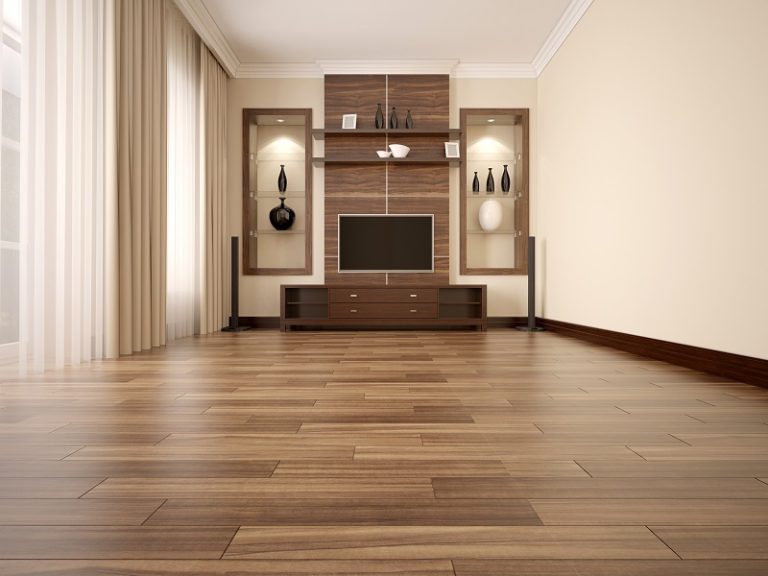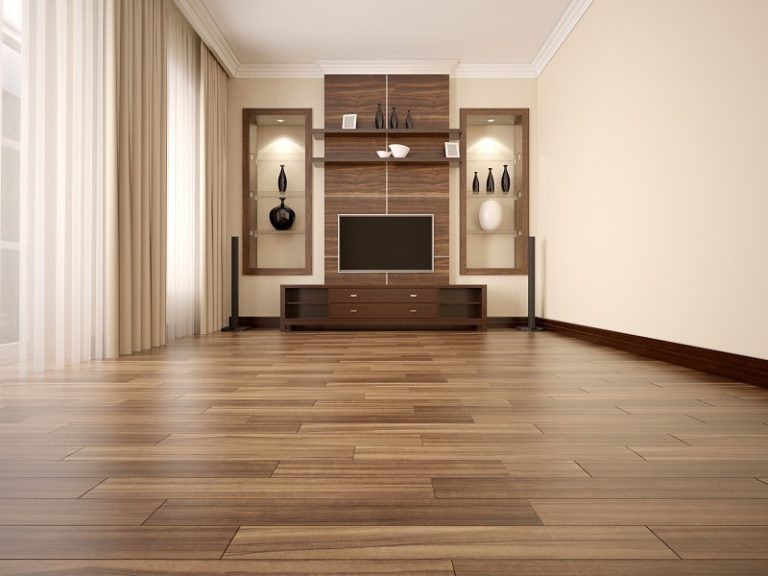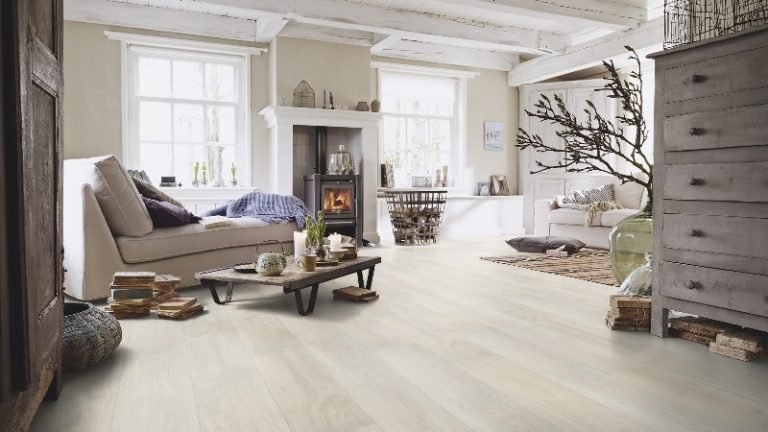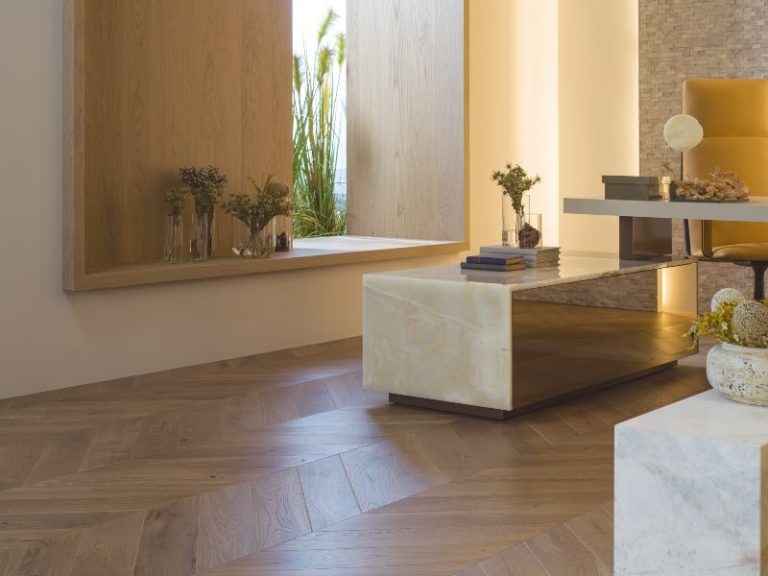When managing energy costs, homeowners and businesses often overlook one significant yet simple solution that is upgrading windows with energy efficient glass. This innovative material not only enhances indoor comfort but also plays a role in reducing the strain on your HVAC system.
By minimizing energy loss and optimizing heating and cooling, energy-efficient glass delivers long-term savings on HVAC maintenance and operational costs. Let’s dive into how energy-efficient glass can help reduce HVAC service costs and boost efficiency!
1. Improved Insulation Reduces Heating and Cooling Demands
Energy-efficient glass significantly enhances insulation, helping to maintain a stable indoor temperature regardless of the season. Traditional windows allow heat to escape during the winter and enter during the summer, forcing HVAC systems to work harder to compensate for these fluctuations.
Energy efficient glass, such as double or triple-pane windows, incorporates inert gas layers like argon or krypton between panes. These gases act as insulators, preventing heat transfer and maintaining indoor comfort.
By reducing heat loss in winter and heat gain in summer, energy-efficient glass decreases the load on your HVAC system. As a result, lower energy consumption and reduced wear and tear, leading to fewer service calls are required.
2. Solar Control Coatings Minimize Overheating
Sunlight streaming through standard windows can cause indoor spaces to overheat, especially in summer. This not only affects comfort but also forces HVAC systems to work overtime to cool down the space. Enter energy-efficient glass with solar control coatings.
Solar control coatings are thin, transparent layers applied to the surface of glass to reflect a significant portion of solar radiation. However, such coatings allow natural light to pass through. These coatings reduce heat gain by blocking infrared rays, which are responsible for most of the sun’s warming effect.
3. Enhanced Thermal Performance Cuts Energy Waste
One of the standout features of energy-efficient glass is its low-emissivity (low-E) coating. This coating reflects heat back into the room during winter while keeping unwanted heat out during summer.
Low-E coatings improve the glass’s thermal performance by reducing heat transfer through windows. This added efficiency means your HVAC system operates more effectively without unnecessary energy waste.
As your HVAC system works less intensively, it experiences fewer breakdowns that significantly lowers HVAC service costs over time.
4. Reduced HVAC Cycling Extends System Lifespan
HVAC systems operate most efficiently when they cycle on and off as needed, rather than running continuously.
Poorly insulated homes with standard windows often experience rapid temperature fluctuations, causing HVAC systems to cycle more frequently. This excessive cycling leads to higher energy bills and increased wear on system components.
Energy-efficient glass helps maintain a more consistent indoor temperature by reducing external temperature influences. This stability means your HVAC system cycles less often, reducing strain on critical components like compressors and motors.
5. Lower Humidity Control Costs with Superior Sealing
Humidity control is another area where energy-efficient glass is better than traditional windows. Standard windows often allow air leakage, which can lead to drafts and higher humidity levels indoors. High humidity increases workload on HVAC systems to maintain balanced moisture levels.
Energy-efficient glass typically features advanced sealing technology, such as warm-edge spacers and airtight frames. These elements prevent air leakage and reduce the infiltration of outdoor moisture.










+ There are no comments
Add yours